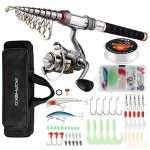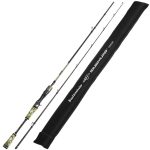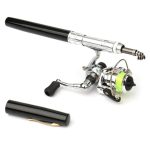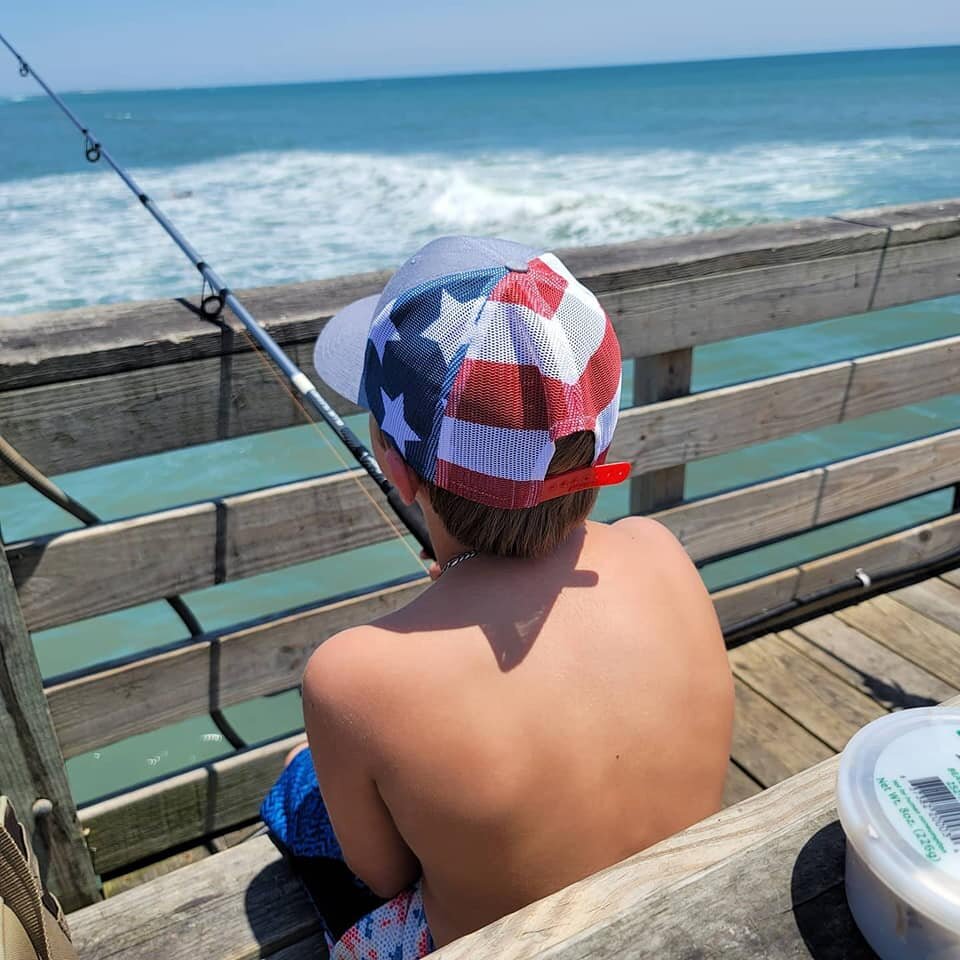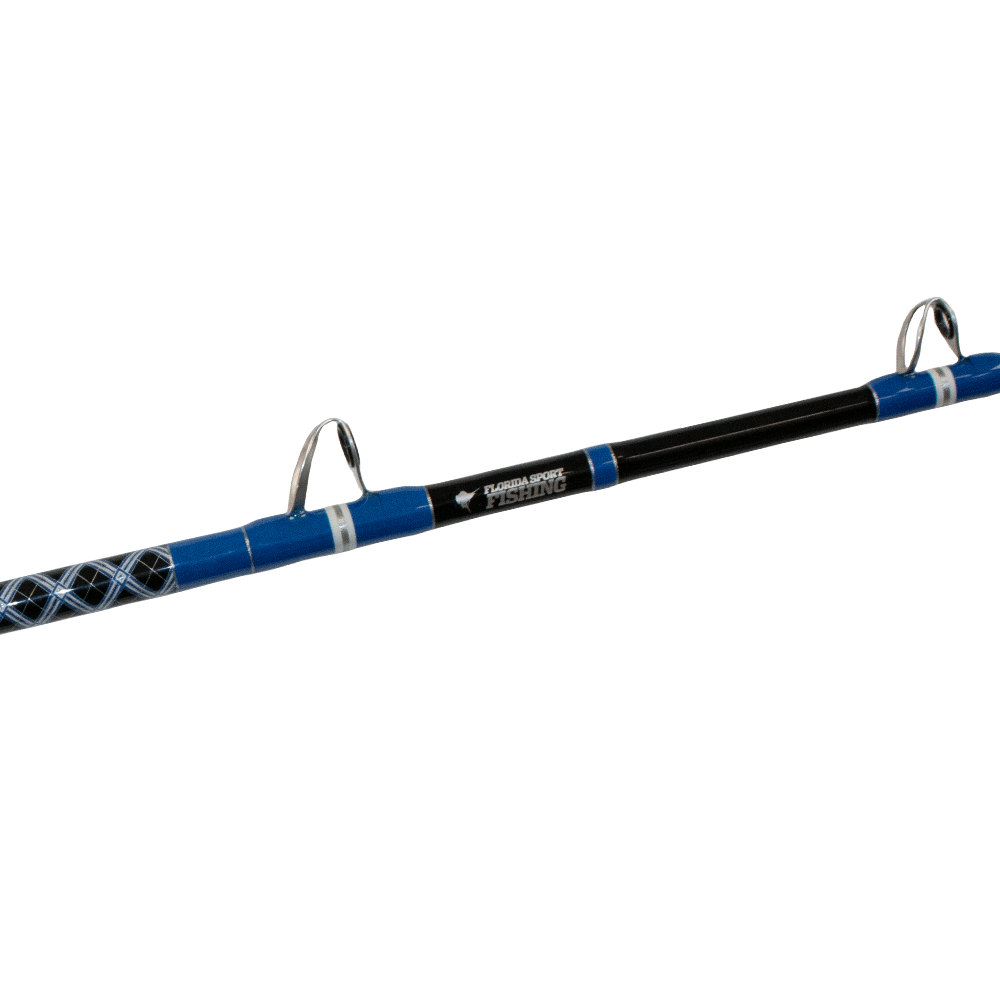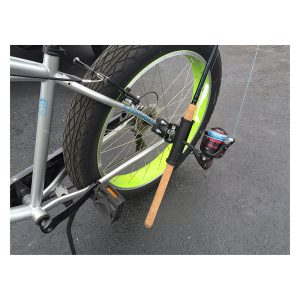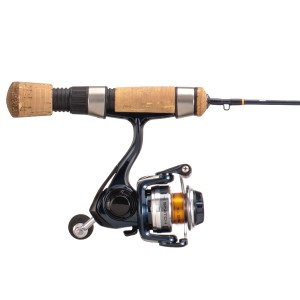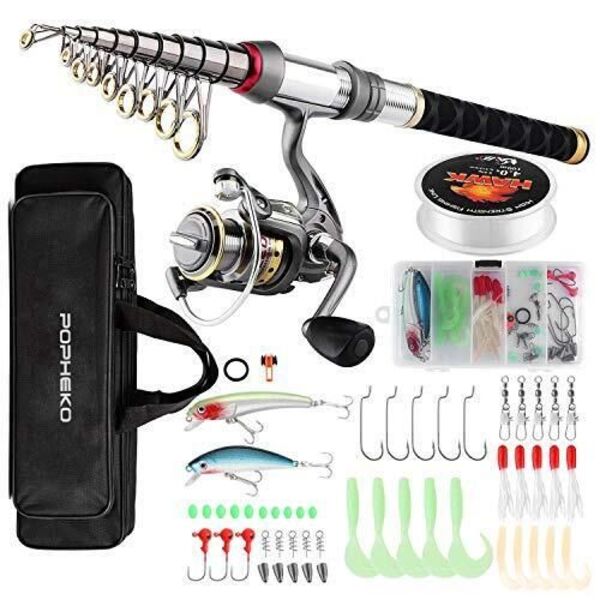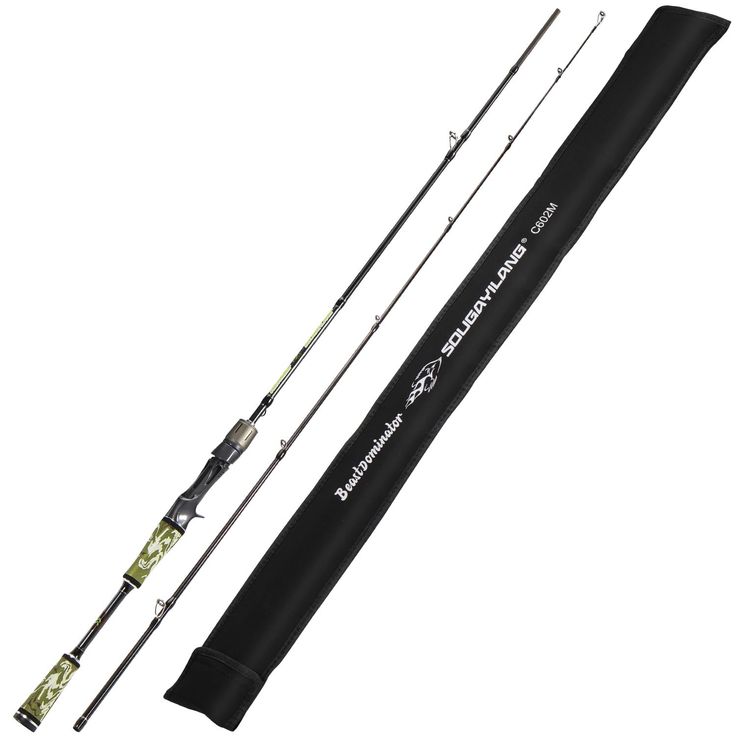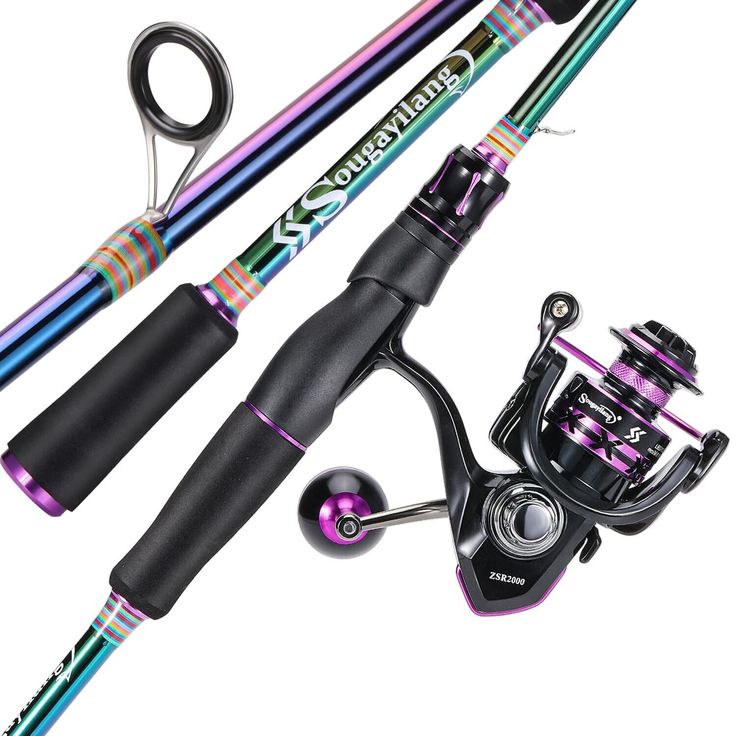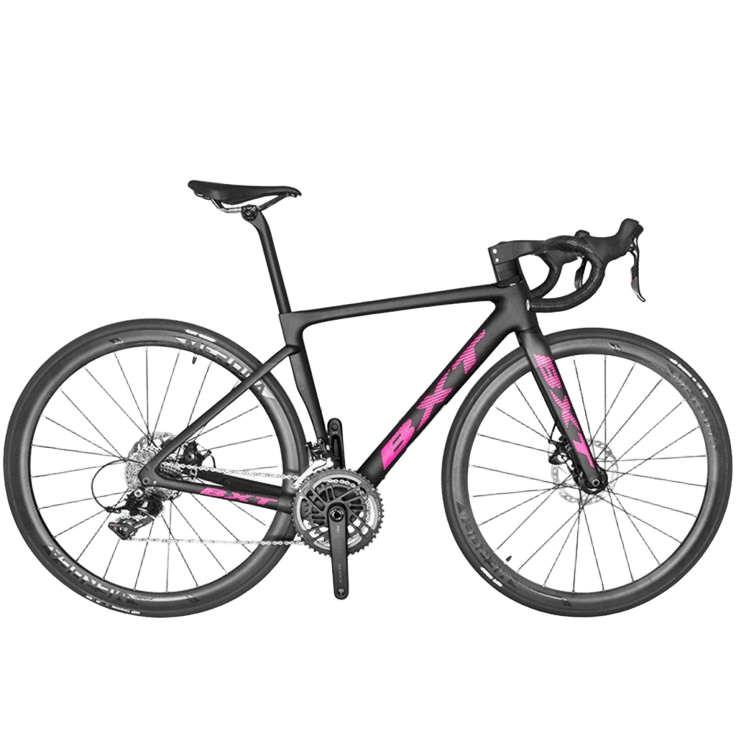Importance of Choosing the Right Tackle
Selecting the right tackle for pier fishing is vital. It directly affects your success and enjoyment. Factors such as fish size, wind, and current impact the tackle choice. Tackle must match these conditions for best results. Every pier angler faces the decision between light or heavy tackle. Light tackle offers sport and fun but may struggle with larger fish. Heavy tackle provides control but may reduce the excitement in landing small fish. The key is balance and understanding your target species. Consider the pier type when choosing your tackle. Oceanfront piers and smaller bay piers have different needs. Your tackle must suit the unique challenges each presents. The right pier fishing rod sensitivity helps detect bites, leading to more catches. A rod and reel match is also crucial.
You must think about angling style. Are you using bait or lures? This influences your rod and reel setup. Remember, tackle too light or too heavy can lessen your fishing trip’s success. Light tackle may be too weak for strong currents and winds. Heavy tackle could overpower smaller species.
Ultimately, tackle selection combines personal preference with practical experience. Your choice should ensure you’re prepared for a range of scenarios on the pier. Quality tackle that’s well-maintained and suitable for the conditions will enhance your pier fishing adventure.
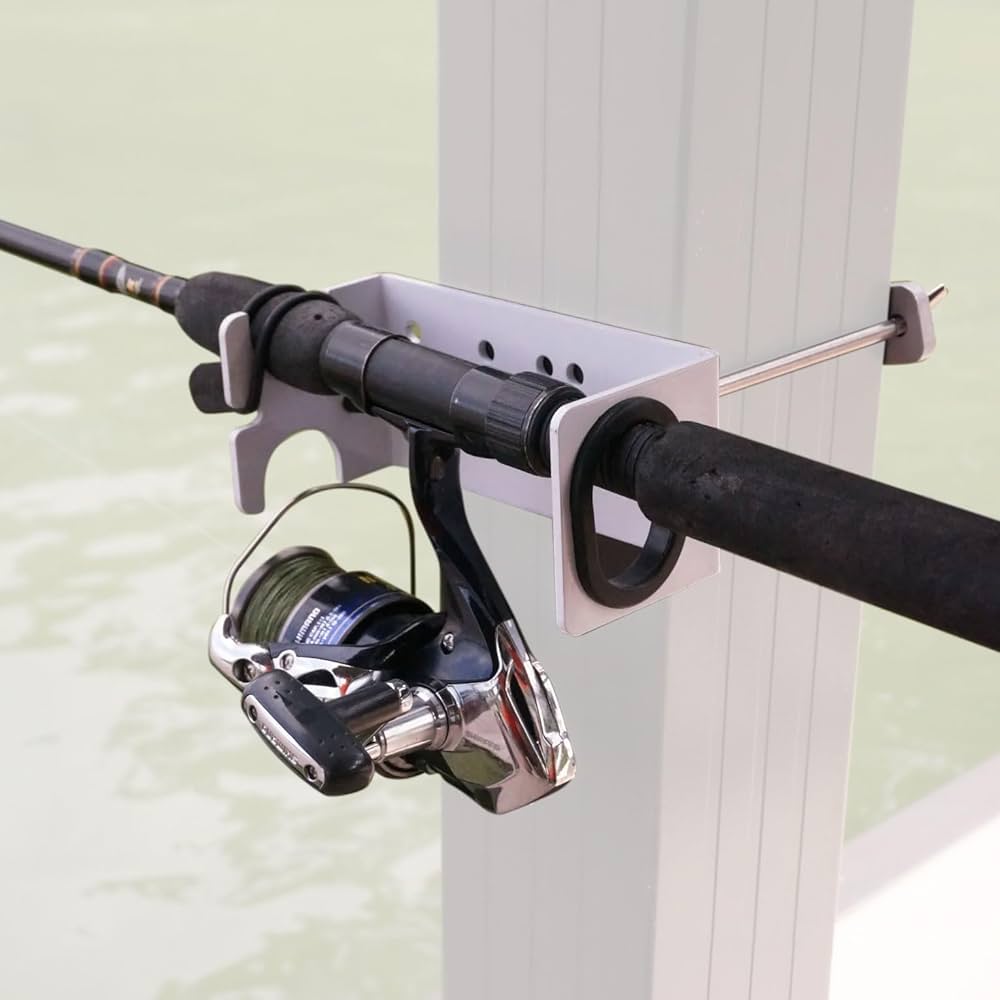
Materials and Construction of Pier Fishing Rods
The materials used in constructing your rod will affect its performance. Common materials include fiberglass and graphite. Each has its advantages and disadvantages.
Fiberglass vs. Graphite: A Comparison
Fiberglass rods are more durable and flexible. They often absorb shocks better, making them excellent for beginners. These rods can handle rougher conditions, which is vital when fishing from a pier. However, they are generally heavier, which can be a downside for some anglers.
On the other hand, graphite rods are lighter and more sensitive. This sensitivity lets you feel subtle bites. They also provide better casting distance. However, they are not as forgiving when it comes to breaks.
Handle Materials: Comfort and Control
In addition to the pier fishing rod material, the handle’s material also matters. Many rods come with foam grips, which are comfortable and lightweight. Cork handles are another popular option. They provide a classic feel and good grip, especially when wet. Regardless of your choice, ensure that the handle is easy to hold. Comfort during long fishing sessions can’t be overlooked.
Light vs Heavy Rod Selection
Choosing the right pier fishing rod weight is key.
When to Choose Light Tackle
Use light tackle for small fish like perch or croaker.
Light tackle is good when winds are calm and currents are weak.
It offers more fun and feels sporty catching smaller fish.
Best for bay piers or calm oceanfront piers.
Situations That Call for Heavy Tackle
Heavy tackle is needed for large fish like sharks or rays.
Use when winds are strong and currents are powerful.
It helps control and land bigger fish successfully.
Needed for deep water and oceanfront piers with high elevation.
Choose heavy if using larger baits and sinkers in tough conditions.
Spinning vs Conventional Reels
Choosing the right type of reel can greatly affect your pier fishing experience.
Advantages of Spinning Reels
Spinning reels are ideal for many pier anglers. They are user-friendly and great for casting light bait or lures. They work well with lighter lines, which is perfect for catching smaller fish. Plus, they don’t get tangled easily, helping you to avoid the dreaded ‘bird’s nest’. Spinning reels make a good fit for those starting out or those targeting average-sized fish.
When to Use Conventional Reels
Conventional reels, often used by seasoned anglers, excel in specific situations. They are best for heavyweight fishing needs. If you target big fish or cast in strong winds or currents, consider conventional reels. They offer more power and a better drag system for large catches. Also, their design handles heavier lines and sinkers effectively. Use conventional reels when heavier tackle is required due to challenging conditions.
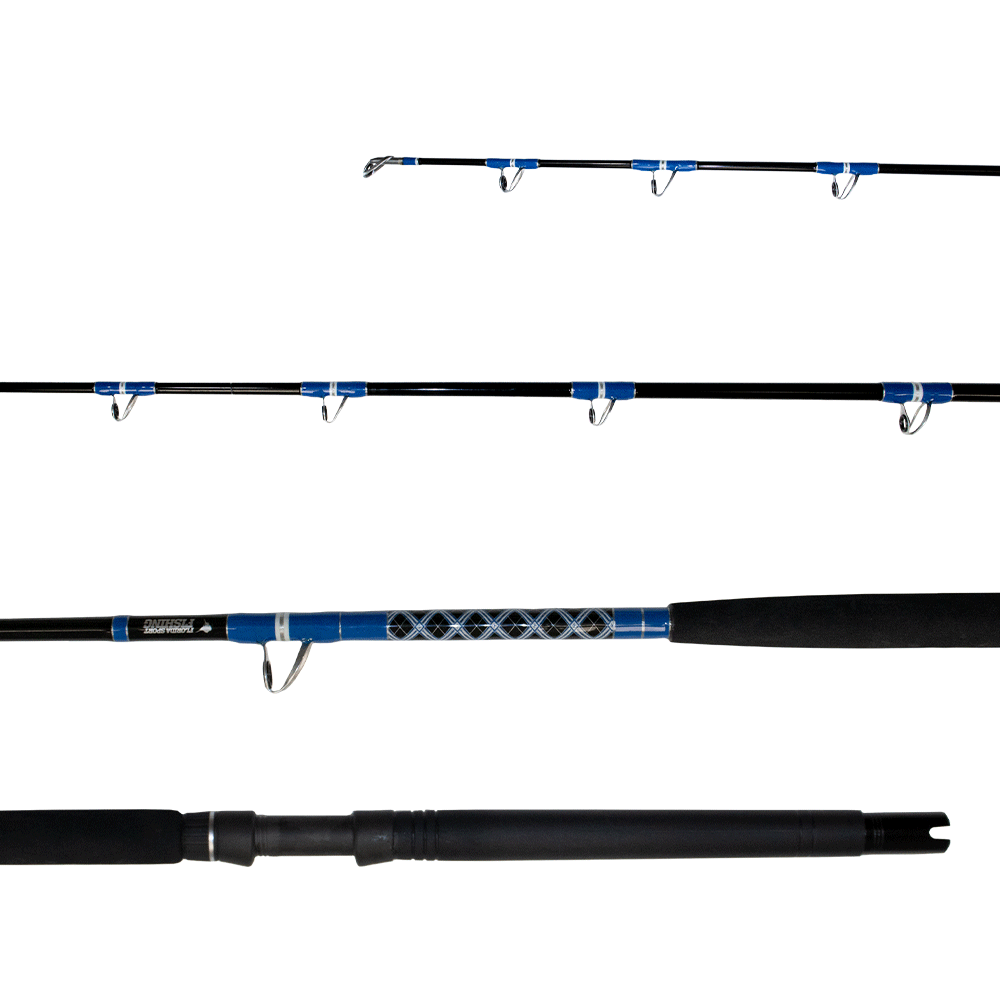
Essential Rod and Reel Combinations
For successful pier fishing, having the right set of rod and reel combinations is crucial. Below I outline essential setups suited for different situations on the pier.
Light Tackle Spinning Reel
Opt for a light spinning reel when targeting small species like bass and mackerel. This setup is perfect for calm days with little wind or current. Ideal for both bait and lure fishing, light tackle spinning reels offer great fun and sportiness.
- Rod: 7-9 feet length
- Reel: Capable of handling 6-8 pound test line
- Suited for 1/2 to 2 ounce sinkers
Medium/Heavy Spinning or Baitcasting Reel
For anglers who need versatility for both small and larger fish, a medium/heavy spinning or baitcasting reel is a good choice. It provides the strength needed for medium fish like striped bass while still enabling you to enjoy smaller catches.
- Rod: 7-9 feet length
- Reel: Good for 12-20 pound test line
- Handles 3-4 ounce sinkers
Heavy Tackle Baitcasting Reels
When aiming for big fish such as sharks and rays, or battling strong currents and winds, heavy tackle baitcasting reels are essential. They offer superior drag and can manage heavy lines and large baits.
- Rod: 8-9 feet length
- Reel: Holds a minimum of 250 yards of 20-40 pound test line
- Works well with 4+ ounces of lead
Light Tackle Baitcasting Reels
Don’t overlook a light tackle baitcasting reel, especially for active lure fishing. Great for casting from inner bay piers, this setup is specialized for precision and lighter lures.
- Rod: 6 to 7 1/2 feet length
- Reel: 200 yards of 10-12 pound test line capacity
Remember, while these are great starting points for your rod and reel combinations, adjust these based on specific pier characteristics and your personal fishing style. Happy fishing!
Maintenance Tips for Your Rod and Reel
Proper rod and reel care boosts their life and performance. I’ll share essential maintenance tips below.
Daily Cleaning and Storage Advice
Rinse your rod and reel with fresh water after each use. Use gentle pressure to avoid pushing salt inside. Dry thoroughly before storage. Don’t store reels on rods. This prevents corrosion on the reel foot and rod seat. Keep reels in breathable cotton bags, not plastic.
Periodic Maintenance to Avoid Costly Repairs
Regular upkeep prevents damage and costly fixes. Every few months, take apart reels for a deep clean. Use proper grease for lubrication. If sand gets in the reel, don’t turn it. Take it to a repair shop or use a spare. Keeping up with maintenance saves in the long run.
Tailoring Your Gear to Your Environment
Selecting the right gear for diverse environments can enhance your pier fishing ventures. Adapting to local conditions will help you make the most out of your fishing experience.
Considerations for Different Pier Types
Different piers demand different fishing strategies. Large oceanfront piers often sit high above the water. This height can affect your gear choice. You might need longer rods to reach down to the water. Stronger lines may be necessary to drag fish up that height. For smaller bays and estuaries, shorter rods can work well. You are closer to the water here. This makes it easier to manage and net fish.
The base of the ocean piers may have stronger currents. Consider heavier weights to keep your bait in place. In bay areas, lighter gear often suffices. The water is calmer and the fish can be less hefty.
Adapting to Weather and Water Conditions
Weather plays a big role in gear selection for pier fishing. On calm days, light tackle gives you plenty of fun and sport. But when the wind hauls, it can be tough to cast. You may need heavier tackle to cast effectively against the wind. Also, strong currents might call for heavier weights to anchor your bait. Be flexible and adjust your tackle to suit the changing elements.
Keeping an eye on tide charts and weather forecasts is smart. This can guide your tackle preparation before you head to the pier. Light tackle might be ideal for a calm forecast. For a windy day, be ready to switch to heavier gear.
In summary, consider the pier type and weather conditions when choosing your gear. Aim for versatility in your tackle box. This way, you’re ready for whatever the pier throws at you. Happy pier fishing!
